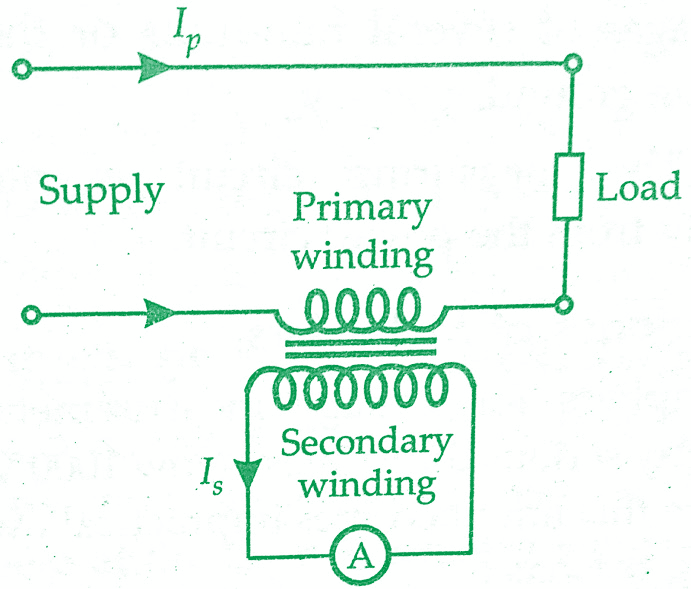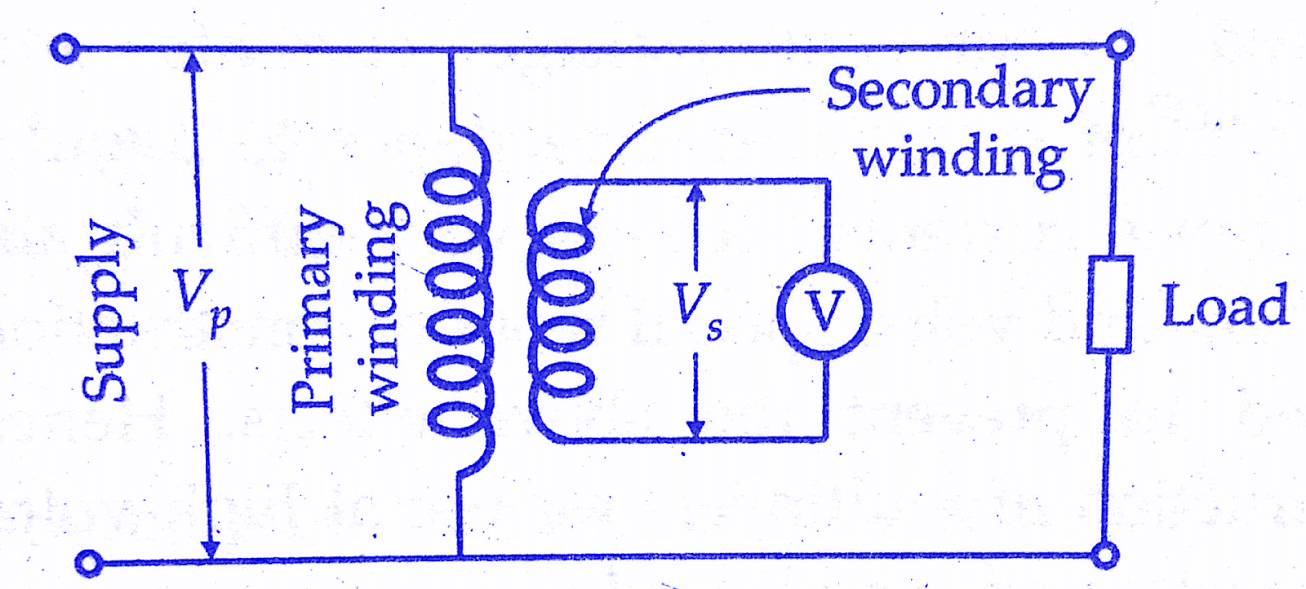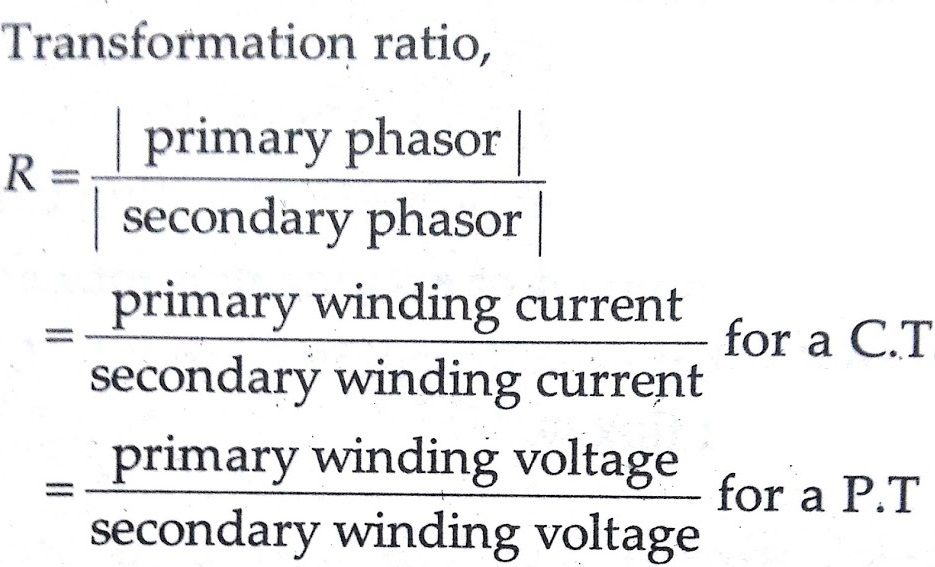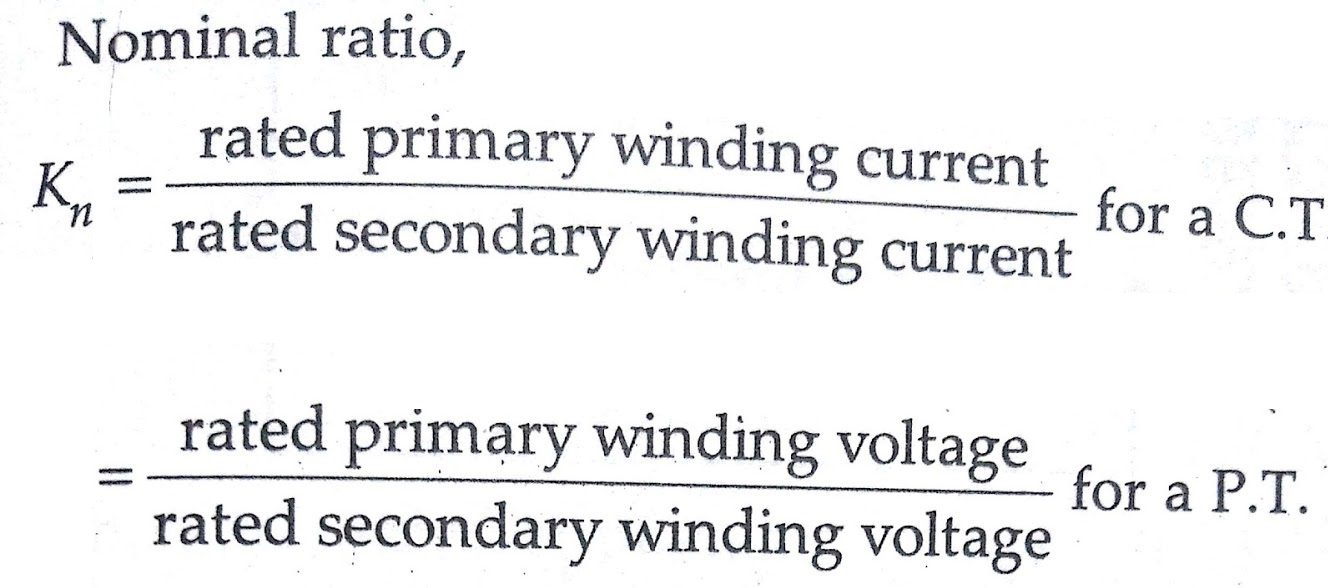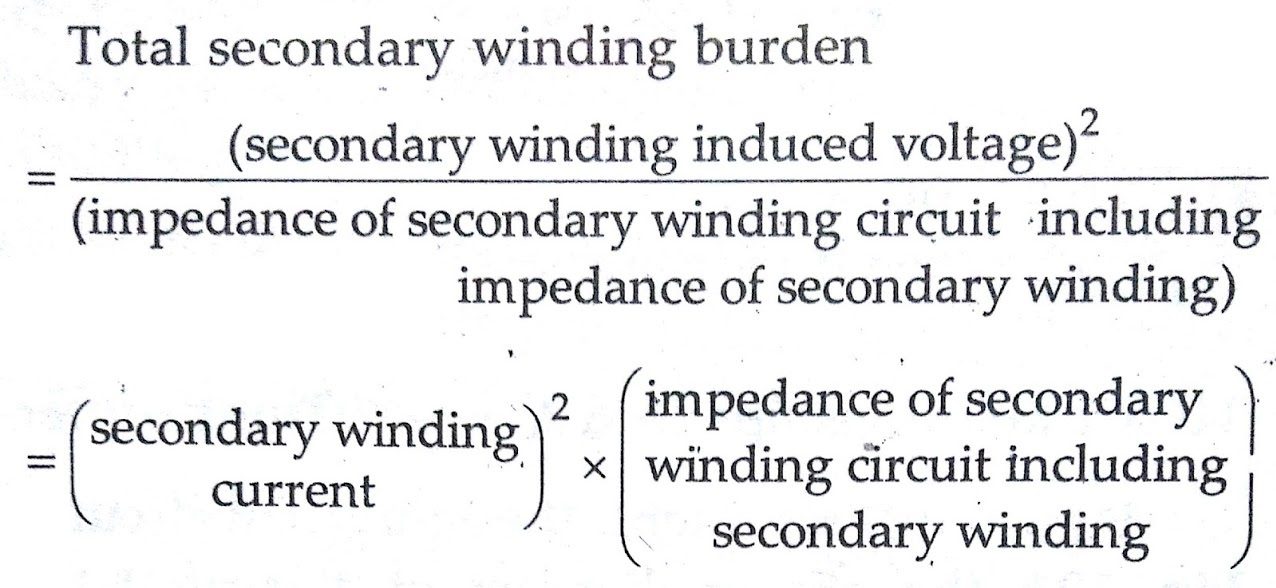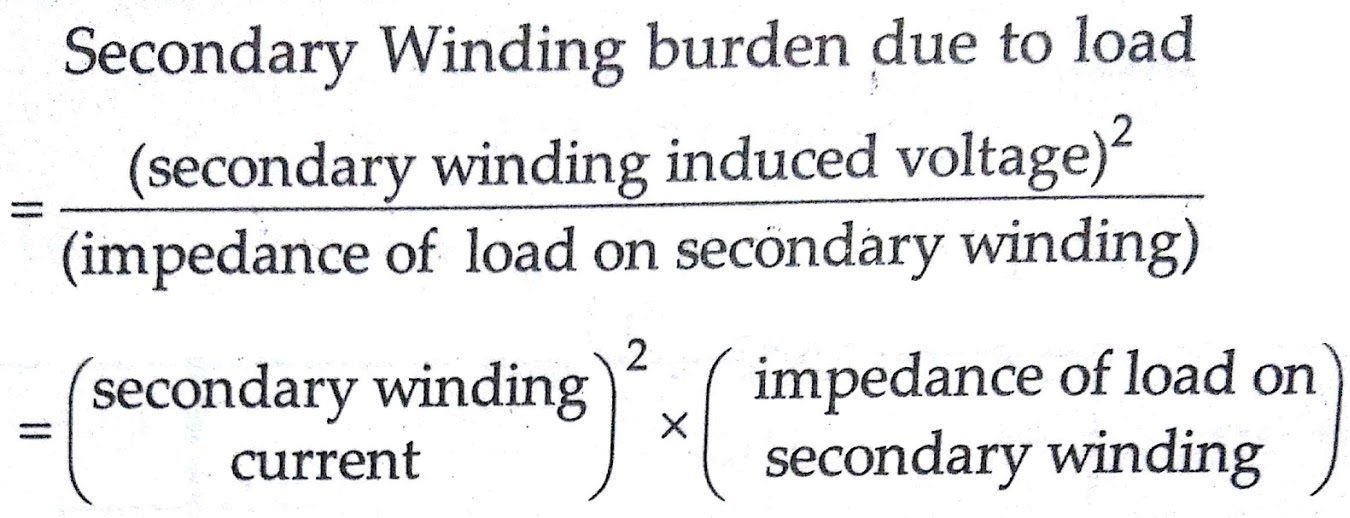Instruments Transformers Uses & Advantages:
Transformers are used in ac systems for measuring current, voltage, power and energy.They are also used in connection with the measurement of power factor, frequency and for indication of synchronism.Instrument transformers find a wide application in protection circuits of power systems for the operation of over current, under voltage, earth fault and various other types of relays.In all the above applications, the transformer is put for measurement purposes, the actual measurements being done by measuring instruments.
Transformers used in conjunction with measuring instruments for measurement purposes are called “Instrument Transformers.” The transformer used for measurement of current is called a “Current Transformer” or simply “CT” Transformers used for voltage measurements are called “Voltage Transformers” or “Potential Transformers” or simply “PT” in short.
Must Read:
Use of Instrument Transformers:
The extension of instrument range, so that current, voltage, power and energy can be measured with instruments or meters of moderate size is of very great importance in commercial metering. In power systems, currents and voltages handled are very large and, therefore, direct measurements are not possible as these currents and voltages are far too large for any meter of reasonable size and cost.
The solution lies in stepping down these currents and voltages with the help of instrument transformers so that they could be metered with instruments of moderate sizes.The figure below shows current being measured by a CT. The primary winding is so connected that the current being measured passes through it and the secondary winding is connected to an ammeter. The “CT” steps down the current to the level of the ammeter.
The figure below shows voltage measurement with a P.T. The primary winding is connected to the voltage being measured and the secondary winding, to a voltmeter. The ‘P.T.’ steps down the voltage to the level of the voltmeter.
It might appear that extension of range could be conveniently done by the use of shunts for currents and multipliers for voltage measurements, as is done in d.c. measurements. But this method is suitable only for small values of current and voltage. There are many disadvantages with the use of shunts and multipliers.
Must Read:
Disadvantages of Shunts in Instruments Transformers:
(i)It is difficult to achieve accuracy with a shunt on a.c. since the division of current between a meter and shunt depends upon the ratio of reactance to the resistance of two paths.For proper measurements, time constants of meter and shunt should be the same.
Therefore, a separate shunt would be needed for each instrument. Also since measurements are Made over a wide frequency range it becomes difficult to obtain good accuracy with shunts.
(ii) The method of using shunts is limited to capacities of a few hundred ampere at most since the power consumed by shunts at large currents would be considerably large.
(iii) The problem of insulation of instrument and shunt is quite difficult if measurements are done at high voltages of several hundreds or thousands of volts above ground.
(iv) The measuring circuit is not isolated electrically from the power circuit.
Must Read:
Disadvantages of Multipliers in Instruments Transformers:
Multipliers for voltage measurements do not present any serious difficulties below 1000 V. But their use above this limit becomes impractical owing to the following reasons:
(i) The power consumed by multipliers becomes large as the voltage increases. A power dissipation of about 7.5 W is the upper limit for a self-contained instrument.
(ii) Care has to be exercised to keep leakage currents in high voltage multipliers down to negligible values. However, insulation of multipliers required to prevent leakage currents and the reduction of distributed capacitance to avoid shunt capacitance currents becomes very difficult above a few thousand volts.
Special types of constructions are needed to prevent the above effects. Hence the construction of multipliers for use at high voltage is very costly and complicated.
(iii) The measuring circuit is not electrically isolated from the power circuit.
Must Read:
Advantages of Instrument Transformers:
The current and voltage transformers are extensively used for very precise measurements as well as for routine measurements as they have many advantages and these are:
(i) When instruments are used in conjunction with instrument transformers, their readings do not depend upon their constants (R, L, C) as is the case with shunts and multipliers.The instrument transformers produce practically the same instrument reading regardless of the constants of the instrument or, in fact, the number of instruments connected in the circuit.
(ii) Current transformers have been standardized at 5 A secondary winding current and the voltage transformers at from 100 to 120 V secondary winding voltage. These are very moderate ratings and the instruments for measurements are rated near these.
Thus a 5 A ammeter may be used to measure 1000 A with the help of a 1000/5 A ratio current transformer or a 110 V voltmeter may be used to measure a voltage of 66 kV with the help of a 66,000/110 V potential transformer. ‘Therefore, very cheap moderate rating instruments may be used to measure large currents and high voltages.
(iii) With the standardization of C.T. and P.T. secondary winding ratings, it is possible to standardize instruments around these ratings and, therefore, there is great reduction in the costs of instrument transformers and instruments. Also, replacement of instrument transformers is easy on account of the standardization of the ratings.
(iV) The measuring circuit is isolated from the power circuit.The fact that the meters in the secondary circuit of an instrument transformer are isolated electrically from the primary side is of very great importance in high voltage systems. Large alternators usually operate at voltages between 11 kV to 20 kV while transmission voltages as high as 750 kV are being used.
Therefore, in all electrical systems it is necessary to have a measure of currents and voltages, both for metering purposes and for the operation of protective relays and other equipment. It is impossible to bring the high voltage lines directly to the switchboard to be connected to instruments as even for voltages upto a few thousand volts it would be difficult to insulate the equipment to provide safety for the operating personnel.
The situation is completely changed with the use of instrument transformers, as only the leads from the secondary windings of the instrument transformers are brought to the switchboard for connection to the metering equipment. The voltages between these leads and between leads and ground are very low and hence the operators can work safely.
In fact instrument transformers are so important for insulating and range extension purposes that it is difficult to imagine the operation of a high voltage a.c. system without them.
Summarizing the above, we can say that the use of instrument transformers for range extension has the following advantages:
1)Instruments of moderate size are used for metering i.e., 5 A for current and 100 to 120 V for voltage measurements.
2)Instruments and meters can be standardized So- that them is a saving in overall costs. Replacement of damaged instruments is easy.
3)Single range instruments can be used to cover large current or voltage ranges, when used with suitable multi-range instrument transformers or with several single range instrument transformers.
4)The metering circuit is isolated from the high voltage power circuits. Hence insulation is no problem and the safety is assured for the operators.
5)There is low power consumption in metering circuit.
6)Several instruments can be operated from a single instrument transformer.
Ratios of instrument transformers:
Transformer Ratio:
It is the ratio of the magnitude of the primary sensor to the secondary sensor.
Nominal Ratio:
It is the ratio of rated primary winding current (or voltage) to the rated secondary winding current(or voltage).
Turns Ratio:
Ratio correction factor (RCF):
The ratio correction factor of a transformer is the transformation ratio divided by nominal ratio.
Transformatitin ratio = ratio correction factor x nominal ratio
or R = RCF x Kn
The ratio marked on the transformers is their nominal ratio.
Burden of an Instruments Transformer:
It is convenient to express load across the secondary winding terminals as the output in volt-ampere at the rated secondary winding voltage.The rated burden is the volt-ampere loading which is permissible without errors exceeding the limits for the particular class of accuracy.
Conclusion:
Today we have learnt about Use of Instruments Transformers and Advantages.You can download this article as pdf, ppt.
Comment below for any Queries.
